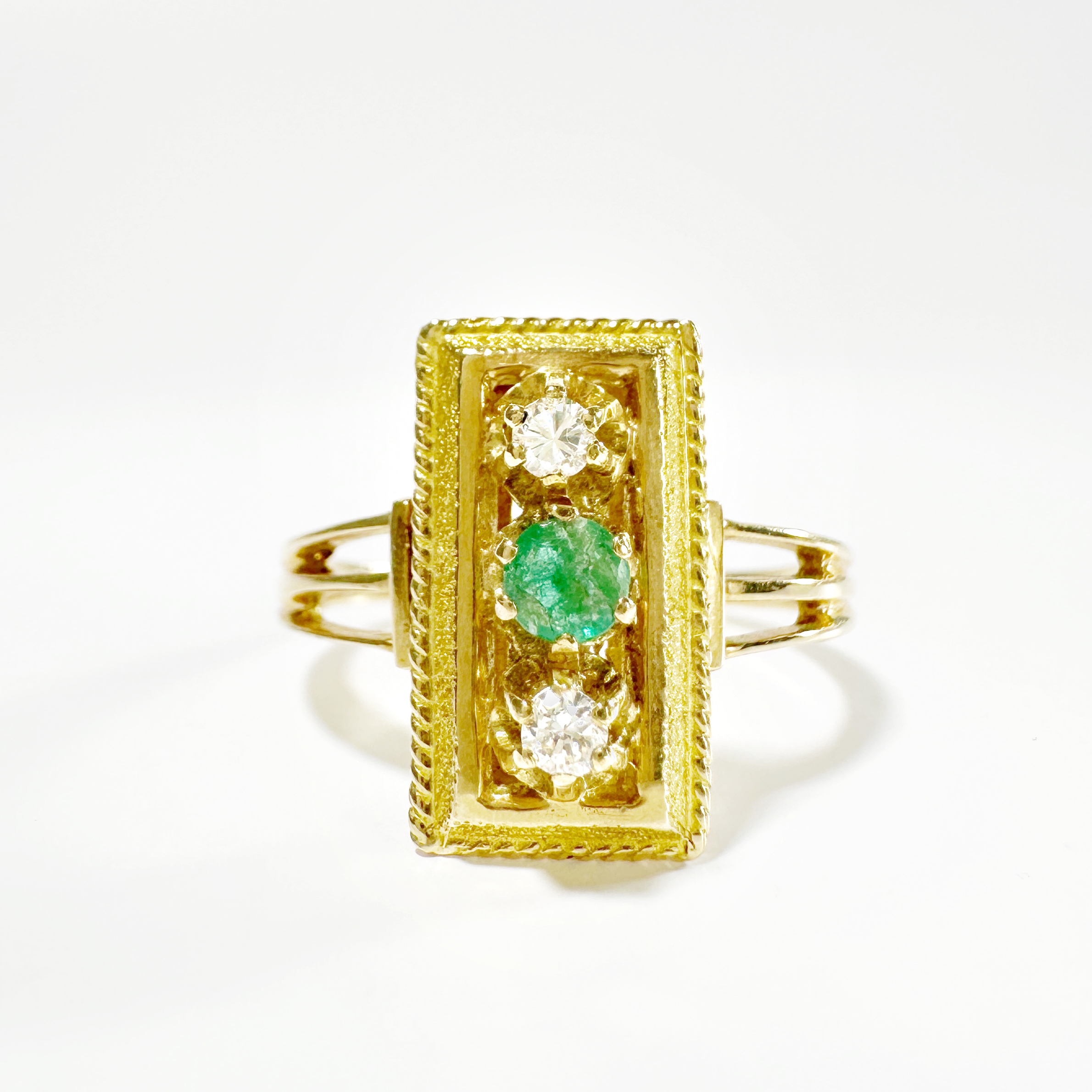A sunstone associated with abundance, positive mood and success, citrine conveys many great evocations. Associated with the natives of the month of November, its warm colour with multiple shades warms us when winter temperatures return. Let’s learn about its rich history in this article.
HISTORY OF CITRINE
The etymology of citrine comes from the Latin “citrus” meaning “lemon”, in reference to its color. It did not take the name citrine until 1556 when the German geologist Georg Bauer described it as such.
 Citrine has been known since around 480 BCE and was already popular in Ancient Greece. They consecrated citrine to the goddess of agriculture, Demeter. Citrine was also known there as a lucky stone. It was used as a talisman against the evil eye.
Citrine has been known since around 480 BCE and was already popular in Ancient Greece. They consecrated citrine to the goddess of agriculture, Demeter. Citrine was also known there as a lucky stone. It was used as a talisman against the evil eye.
In the early centuries A.D., the Romans frequently used it to make intaglios (stones engraved with negative relief) and cabochons.
Citrine was very popular for jewelry in the 19th century and during the Art Deco period of the interwar period. It has been worn by many Hollywood stars including Greta Garbo and Joan Crawford.
MAJOR CITRINE DEPOSITS IN THE WORLD
 Belonging to the quartz family, citrine is a stone that is rarely found in its natural state. Its deposits, which are generally those of amethysts, are mainly located in the United States, Spain, Uruguay and Madagascar.
Belonging to the quartz family, citrine is a stone that is rarely found in its natural state. Its deposits, which are generally those of amethysts, are mainly located in the United States, Spain, Uruguay and Madagascar.
However, Brazil is the main producer of citrine with its significant deposits in the states of Rio Grande do Sul and Minas Gerais. In fact, the most beautiful stones come from this country, among which the famous faceted citrine of more than 2,000 carats that is on display in Washington, D.C., at the Smithsonian Institute.
COMPOSITION OF CITRINE
Citrine is a variety of quartz that is frequently found in the same deposits as Amethyst. Its yellow color is due to the presence of iron.
Citrine is relatively rare in nature. Very often, it is amethyst heated to change its purple color to golden yellow.
Ametrine is the combination of Amethyst and Citrine, and combines the irresistible purple tones of the former with the tangy yellow tones of the latter.
Citrine has a hardness of 7 on the Mohs scale, making it a relatively tough stone. Capable of scratching glass, it is nevertheless prone to micro-scratches and wear.
 CITRINE COLORS
CITRINE COLORS
The color of Citrine covers a whole range of tones, from lemon yellow and golden yellow, to deeper tones of mandarin orange and Madeira red (named after the wine). Historically, the orange-red tones of Madeira citrine have been highly sought-after, but today there is a real revival of interest in the brighter tones of lemon-yellow citrine. The multicolored citrine has a smooth transition from yellow to colorless.
CITRINE SYMBOLISM
Citrine stone symbolizes happiness, abundance, and success. On a psychological level, it is synonymous with good mood.
Thanks to its positive energies and warm color, citrine could soothe and tone the body and mind. It is said to help to find a certain inner serenity, stimulate intelligence and stimulate good mood and creativity. Reputed to promote concentration, some recommend it during very intensive periods such as exam revisions.
It is also said to have the power to ward off negative influences, illness, nervousness, fatigue, anxiety and stress.
The stone of sunshine and abundance, it is credited with the power to bring about financial change and prosperity.
The stone is associated with the birth month of November. This stone is also associated with 13 years of marriage.
SHOP OUR SELECTION OF ANTIQUE AND VINTAGE JEWELRY SET WITH CITRINES
 en
en
 Français
Français



